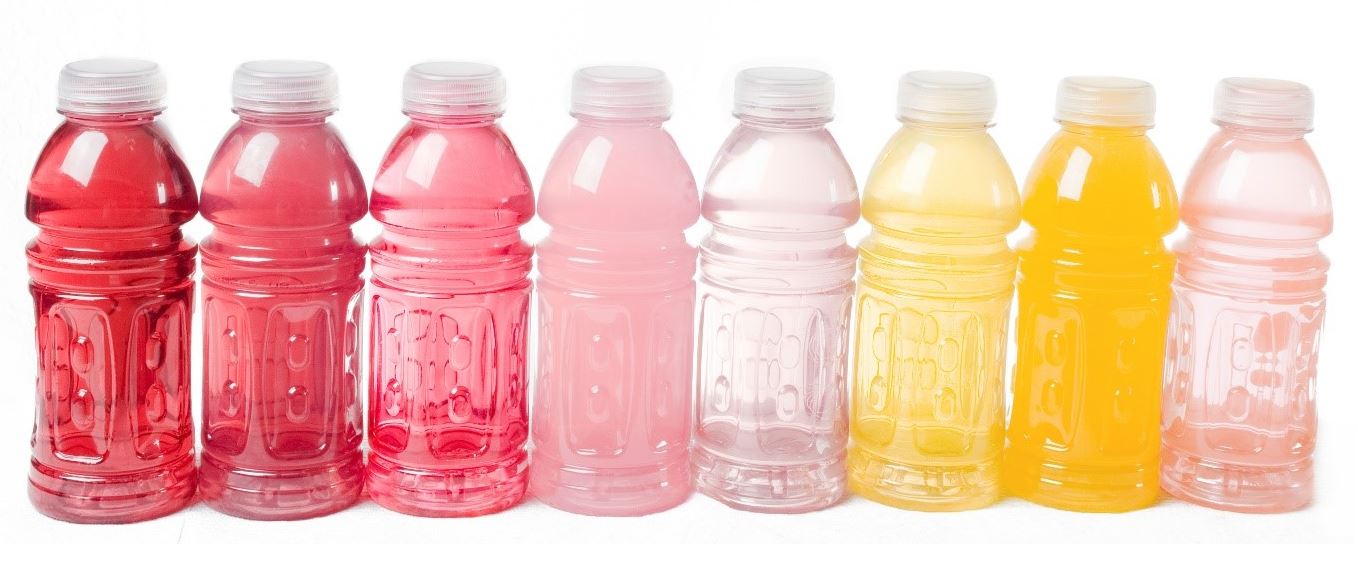Sweet or Tart?
Color is just one of nature’s many cues, but it's a very important one, especially when it comes to food. There’s more than one reason you might decide to reach for the reddest apple in the produce aisle bin, but it may also surprise you to know that the color red actually heightens the perception of sweetness, so before you’ve even taken a bite, your eyes have told your brain that THIS apple is the tastiest available.
Synaesthesia - Stimulating Senses
A condition scientists call “synaesthesia” is having an influence here, at least to some degree. “Synaesthesia” is the process of our senses stimulating each other, crossing over each other and creating what is referred to as a ‘sense-impression’. For example, the way a certain shade of green can evoke the smell of freshly-mown grass, or a yellow-green can induce or heighten a sense of sourness.
Numerous studies have been performed over the years to determine exactly what influence color has over what we’re tasting.
In one study:
Test subjects were divided into two groups: a young adult group (18-22 years old) and an elderly group (60-75 years old). The subjects were given cherry-flavored drinks that differed in sweetness and the amount of red coloring. Several conclusions were drawn:
- Color did not affect the perceived sweetness of the drink and did not affect the drink's ability to quench thirst.
- Color did affect flavor intensity, especially in the older group. Subjects reported that drinks with more red color tasted stronger.
- Color did affect flavor quality (how "true" it tasted).
- Color did affect overall acceptability of the drink (how much people liked the drink).
- Changes in color made people think the flavor of the drink was different. For example, if the cherry-flavored drink was colored orange or yellow, people thought it was an orange drink or fruit punch drink.1
In another study:
Test subjects were divided into five groups: ages 2-7 years old; 8-9 years old; 10-11 years old; 12-18 years old; and 19 years old and older. The subjects were given drinks flavored with chocolate, orange, pineapple, or strawberry. The drinks themselves were colored either brown, orange, yellow, or red. After tasting each drink, the subjects just had to identify whether the drink was chocolate, orange, pineapple, or strawberry.
The results, perhaps not surprisingly, showed that younger subjects made more color-associated errors. In other words, younger subjects relied more on the color of the drink to make a decision about its taste.2
And finally:
Four separate experiments were ran in a study in which test subjects were given beverages including cherry, lemon-lime, and orange drinks, as well as a "no-flavor" drink, were colored either red, orange, green, or given no color. There were three primary conclusions from this study:
- It was easier for the subjects to identify the correct flavor when the drink had the expected color. People made errors toward the taste that was expected for a particular color. (For example, an orange-colored drink that was really cherry-flavored was often thought to taste like an orange drink; a green colored cherry drink was thought to taste like lime).
- As the intensity of the color increased, the "acceptability" for the cherry and orange drinks went up. However, if there was too much color, people did not like the drinks.
- Subjects thought that the drinks with more color tasted stronger or had a higher flavor intensity.3

